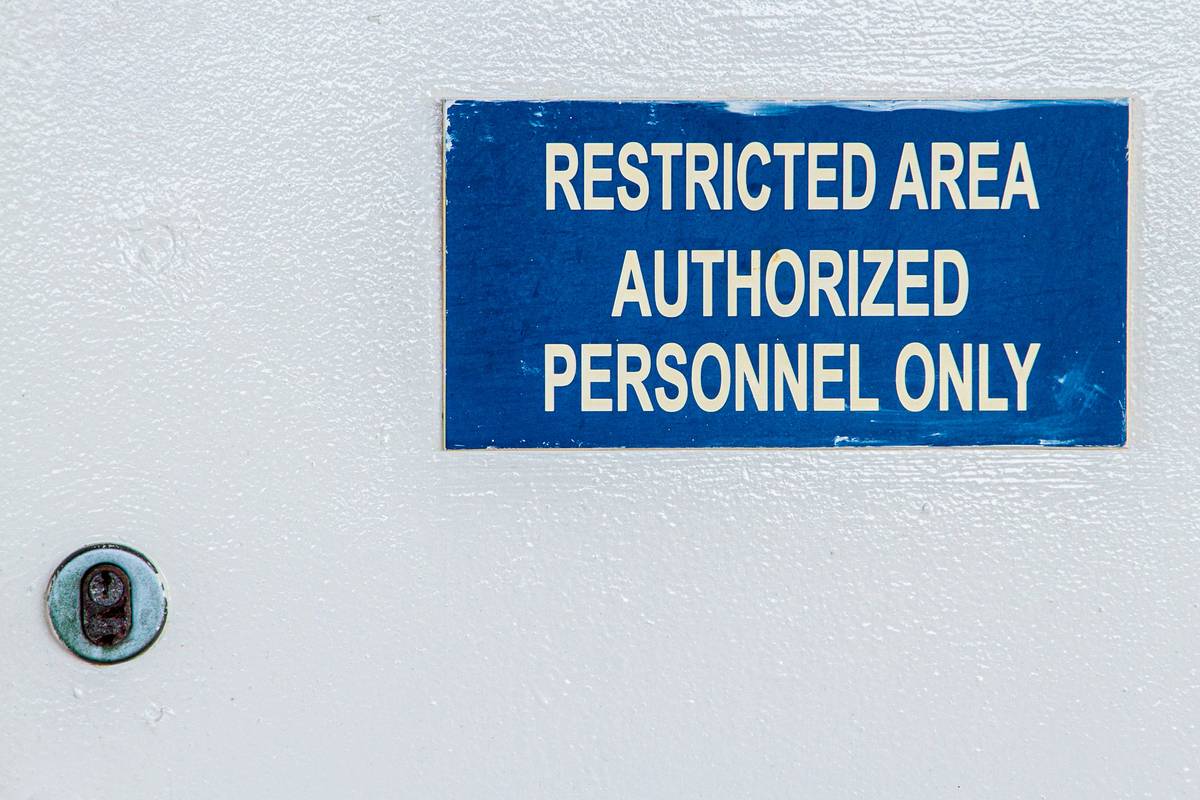Hook: Ever wondered why companies with robust fault tolerance strategies breeze through audits while others crumble under pressure? Yeah, it’s not just luck.
Regulatory compliance is a headache no business wants to deal with. But what if building fault tolerance into your data management could turn you from audit-zombie to compliance rockstar?
In this post, we’ll unpack how fault tolerance—the unsung hero of cybersecurity—can safeguard your operations and ensure you meet regulatory compliance requirements without the stress. You’ll learn about its role in disaster recovery, tips to implement it effectively, and real-world examples that prove its worth.
Table of Contents
- Why Fault Tolerance Matters for Regulatory Compliance
- Step-by-Step: How to Build a Fault-Tolerant System
- Best Practices for Combining Fault Tolerance and Compliance
- Real-World Examples of Success
- Frequently Asked Questions
Key Takeaways
- Fault tolerance minimizes downtime, ensuring continuous adherence to regulatory standards.
- Building redundant systems and automating backups are critical steps toward compliance readiness.
- Avoid common pitfalls like over-reliance on outdated technology or poor employee training.
- Real-life case studies show dramatic improvements in both system resilience and audit outcomes.
Why Fault Tolerance Matters for Regulatory Compliance

If there’s one thing I’ve learned the hard way, it’s that assuming “this won’t happen to us” is like using #PizzaNight for a salad recipe—it ends badly. Once, our team ignored setting up proper fault tolerance protocols because “it was expensive.” Fast forward six months, and an unexpected server crash wiped out weeks’ worth of sensitive customer data. Cue panic mode during a surprise GDPR audit. Oops.
When it comes to regulatory compliance, fault tolerance isn’t optional. Regulations like GDPR, HIPAA, and CCPA demand near-perfect availability and security of user data. If your systems go down—or worse, leak private information—you’re not only facing technical headaches but also hefty fines and reputational damage.
Optimist You: *“Fault tolerance sounds complicated, but it’s actually manageable!”*
Grumpy You: *“Yeah, manage it NOW before regulators start breathing down your neck.”*
Step-by-Step: How to Build a Fault-Tolerant System
- Assess Your Risks – Identify potential points of failure (hardware crashes, cyberattacks, etc.). Think of it as listing all the things that keep you up at night.
- Redundancy Is King – Implement backup servers, mirrored databases, and failover processes. Remember: Two is better than one!
- Automate Monitoring Tools – Use software to detect anomalies early. Automation saves time and sanity, trust me.
- Train Your Team – Make sure every stakeholder knows their role in maintaining fault tolerance. Bonus points if you throw in some coffee bribes.

Rant Alert: Ugh, nothing annoys me more than businesses thinking they can skimp on employee training. Imagine spending thousands on shiny new tech only to have someone accidentally upload malware via a phishing email. Chef’s kiss for wasted money.
Best Practices for Combining Fault Tolerance and Regulatory Compliance
- Encrypt Everything: From storage to transmission, encryption shields sensitive data even when systems fail.
- Document Every Change: Keep auditable logs of updates made to your infrastructure. This makes proving compliance much easier.
- Conduct Regular Audits: Test your systems periodically to ensure they’re ready for anything life throws at them.
**Terrible Tip Disclaimer**: Don’t use sticky notes to track changes or store passwords. Seriously. Even if it’s “just temporary,” this approach always backfires spectacularly.
Real-World Examples of Success
Take Company X, for instance—a healthcare provider struggling with HIPAA compliance due to frequent system outages. After implementing a cloud-based fault-tolerant architecture, they reduced downtime by 95% and passed subsequent audits with flying colors.
Another example involves Retail Giant Y, which leveraged AI-driven predictive maintenance to identify vulnerabilities before they caused issues. Their proactive stance not only boosted operational efficiency but also earned kudos from industry watchdogs.

Frequently Asked Questions
- What exactly is fault tolerance? It’s designing systems so they continue functioning despite partial failures.
- Does small businesses need fault tolerance too? Absolutely! Downtime hits everyone equally hard.
- Can I DIY my way into compliance? Maybe… but hiring experts often pays off in the long run.
Conclusion
To wrap it up: Fault tolerance isn’t just a tech buzzword; it’s your secret weapon for mastering regulatory compliance. By following these strategies, staying vigilant, and learning from mistakes (yours or others), you’ll future-proof your organization against disasters big and small.
Like a Tamagotchi, your compliance strategy needs daily TLC. Feed it, nurture it, and watch it thrive.
Here’s a haiku for your troubles:
Data flows steady,
Compliance checks pass smoothly,
Sleep sound tonight. 🌙


